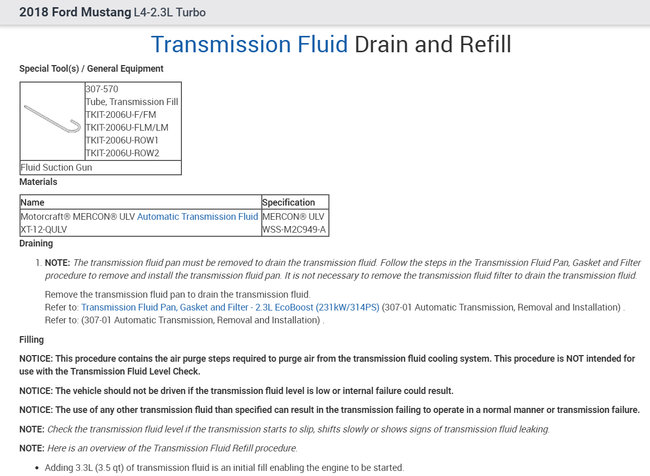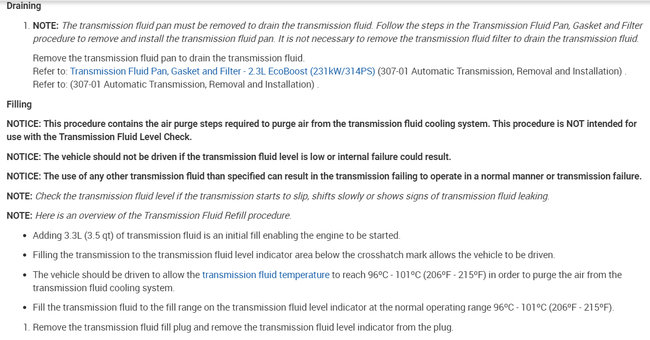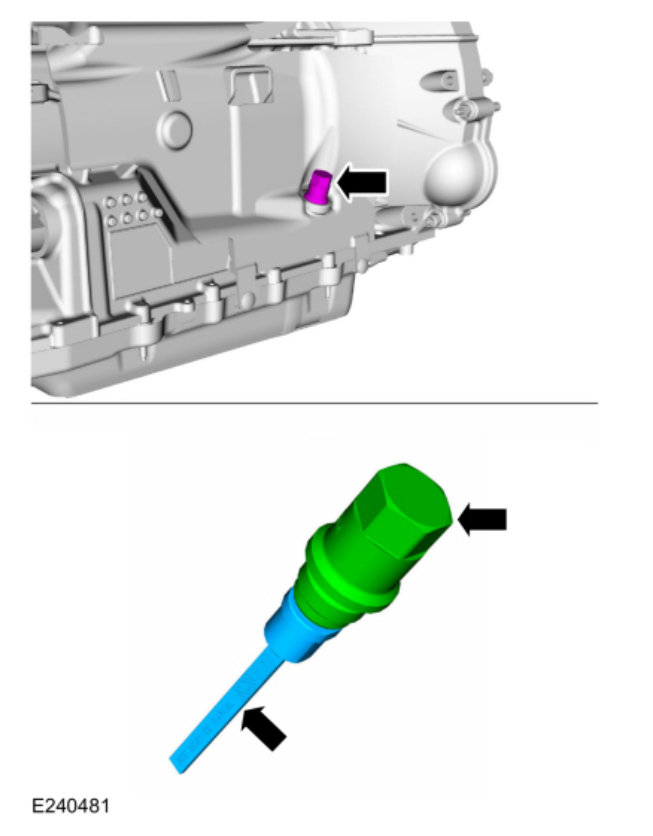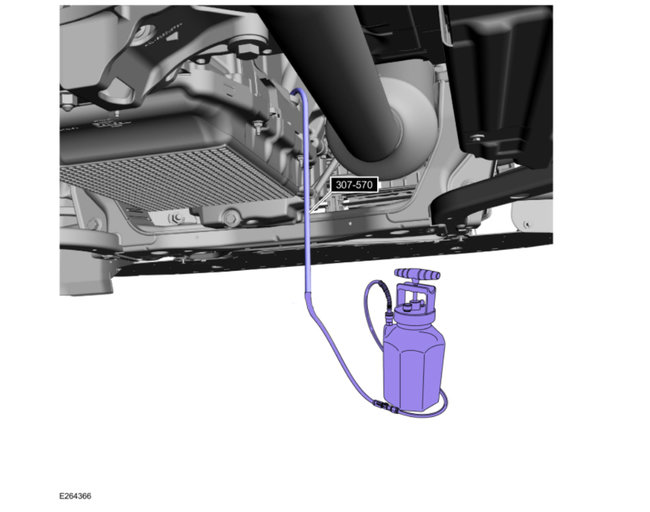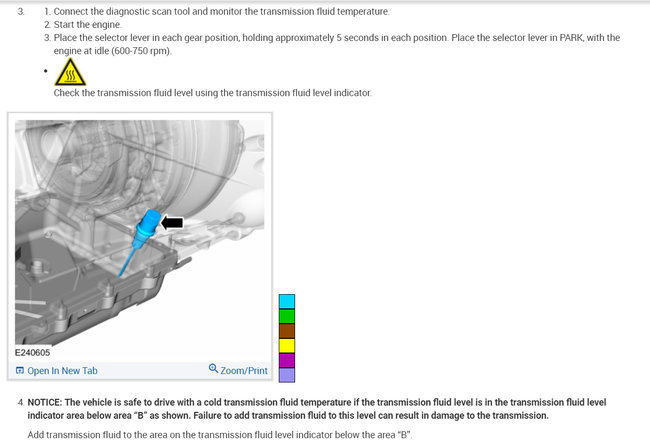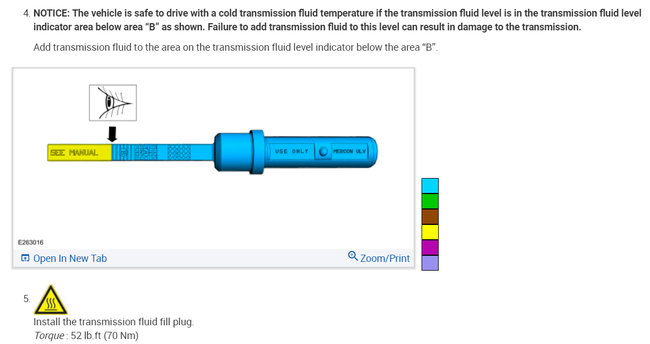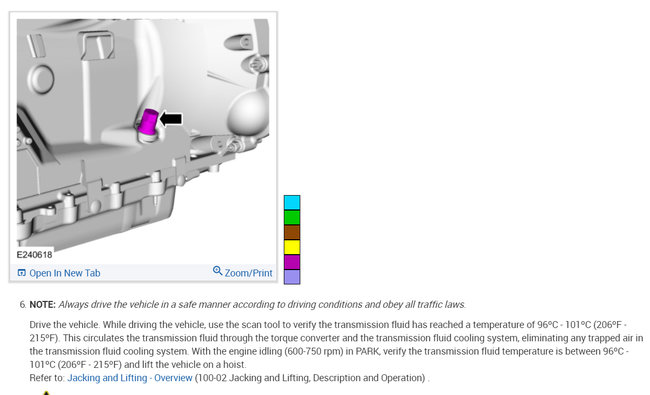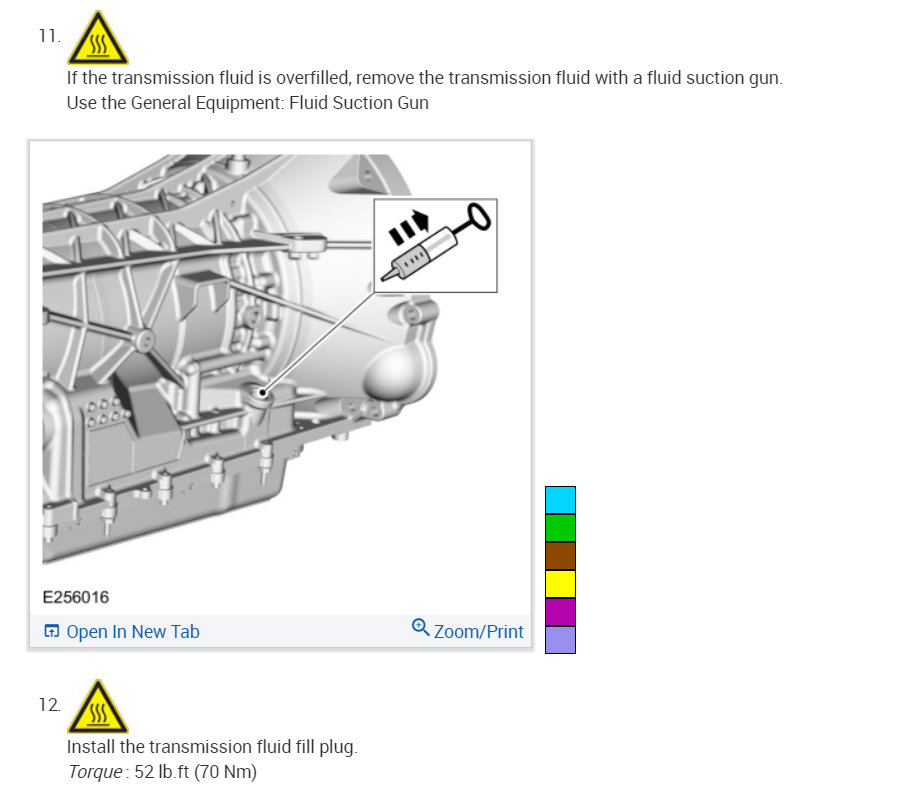Hello,
There is no power steering fluid it is eclectic. This is a direct injection car which this guide will explain more.
https://www.2carpros.com/articles/how-fuel-injection-systems-work
As far as service goes this guide will walk you through the oil change
https://www.2carpros.com/articles/how-to-change-engine-oil-and-filter
The car has an Intelligent Oil-Life Monitor
This vehicle has an Intelligent Oil-Life Monitor that determines when you should change the engine oil based on how the vehicle is used. By using several important factors in its calculations, the monitor helps reduce the cost of owning the vehicle and reduces environmental waste at the same time.
This means the owner does not have to remember to change the oil on a mileage-based schedule. The vehicle lets you know when an oil change is due by displaying a message in the information display.
The following table provides examples of vehicle use and its impact on oil change intervals. It is a guideline only. Actual oil change intervals depend on several factors and generally decrease with severity of use.
When to Expect the Message Prompting Oil Change
7,000-10,000 mi (12,000-16,000 km)
- Normal: Normal commuting with highway driving. No, or moderate load or towing. Flat to moderately hilly roads. No extended idling.
5,000-7,000 mi (8,000-11,999 km)
- Severe: Moderate to heavy load or towing. Mountainous or off-road conditions. Extended idling. Extended hot or cold operation. High engine speed and loads, engine braking and hard cornering
3,000-5,000 mi (4,800-7,999 km)
- Extreme: Maximum load or towing. Extreme hot or cold operation.
At Every Oil Change Interval As Indicated By The Information Display*
- Change engine oil and filter.**
- Rotate the tires, inspect tire wear and measure tread depth.
- Perform a multi-point inspection (recommended).
- Inspect the automatic transmission fluid level (if equipped with a dipstick).
- Inspect the brake pads, rotors, hoses and parking brake.
- Inspect the engine cooling system strength and hoses.
- Inspect the exhaust system and heat shields.
- Inspect the rear and U-joints. Lubricate if equipped with grease fittings.
- Inspect the half-shaft boots.
- Inspect the steering linkage, ball joints, suspension, tie-rod ends, driveshaft and U-joints. Lubricate any areas with grease fittings.
- Inspect the wheels and related components for abnormal noise, wear, looseness or drag.
* Do not exceed one year or 10,000 mi (16,000 km) between service intervals.
** Reset the Intelligent Oil-Life Monitor after engine oil and filter changes.
Here are the fluid types and capacities and how to service the transmission in the diagrams below.
Motorcraft SAE 5W-30 Synthetic Blend Motor Oil
XO-5W30-QSP
Motorcraft MERCON ULV Automatic Transmission Fluid / XT-12-QULV MERCON ULV / WSS-M2C949-A - Transmission fluid 13 qt (12.3 L)
Check out the diagrams (Below). Please let us know if you need anything else to get the problem fixed.
Images (Click to make bigger)
Saturday, December 22nd, 2018 AT 2:41 PM
